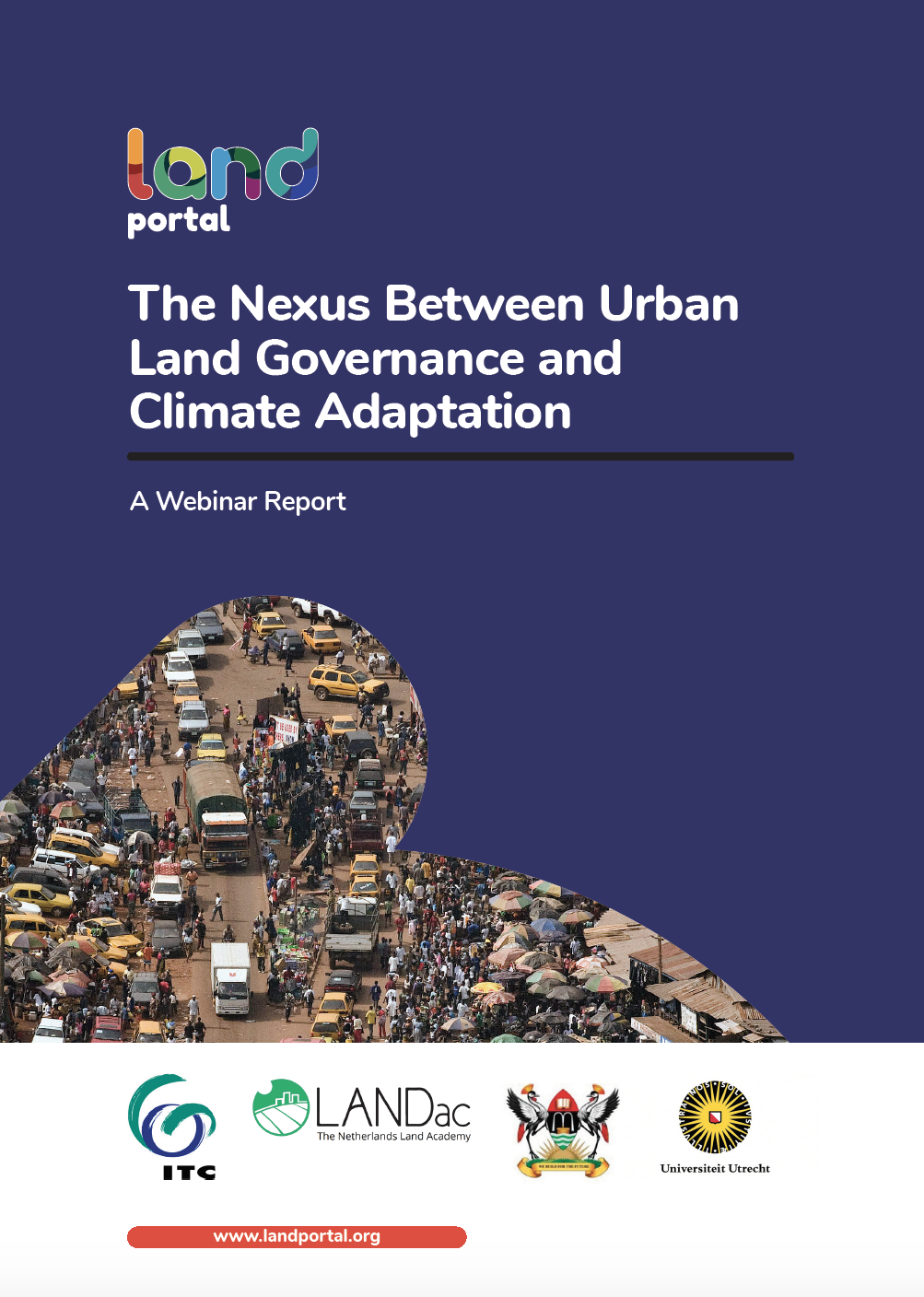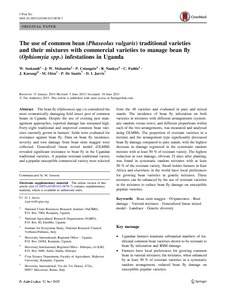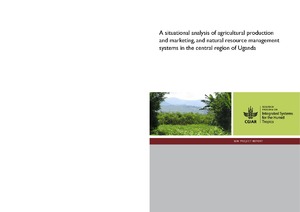Location
Kampala, Uganda
Makerere University, Kampala is Uganda's largest and third-oldest institution of higher learning, first established as a technical school in 1922. In 1963, it became the University of East Africa, offering courses leading to general degrees from the University of London. It became an independent national university in 1970 when the University of East Africa was split into three independent universities: University of Nairobi (Kenya), University of Dar es Salaam (Tanzania), and Makerere University. Today, Makerere University is composed of nine colleges and one school offering programmes for about 36,000 undergraduates and 4,000 postgraduates.
U.S. News & World Report has ranked Makerere University as the eighth best university in Africa and the 569th best university worldwide. The Times Higher Education World University Rankings for 2016 ranked it as the fourth best university in Africa.
Makerere University was alma mater to many post-independence African leaders, including Ugandan president Milton Obote and Tanzanian presidents Julius Nyerere and Benjamin Mkapa. The president of the Democratic Republic of the Congo, Joseph Kabila, and Kenyan president Mwai Kibaki are also Makerere alumni.
Source: Wikipedia (d.d. November 10th 2017)
Members:
Resources
Displaying 1 - 5 of 7The Nexus Between Urban Land Governance and Climate Adaptation
Informal settlements in areas that are already disaster prone are an increasing problem. Climate adaptation is also often used as an excuse fo evictions to redevelop sites in a more climate-proof manner in what is often referred to as ‘climate gentrification. Nature-based solutions to climate change, such as increasing green spaces, may increase home values, but the question of who benefits from these initiatives arises. How can the side effects of climate interventions that can lead to inequality, such as increase in value, be avoided?
The use of common bean (Phaseolus vulgaris ) traditional varieties and their mixtures with commercial varieties to manage bean fly (Ophiomyia spp .) infestations in Uganda
The bean fly (Ophiomyia spp.) is considered the most economically damaging field insect pest of common beans in Uganda. Despite the use of existing pest management approaches, reported damage has remained high. Forty-eight traditional and improved common bean varieties currently grown in farmers’ fields were evaluated for resistance against bean fly. Data on bean fly incidence, severity and root damage from bean stem maggot were collected. Generalized linear mixed model (GLMM) revealed significant resistance to bean fly in the Ugandan traditional varieties.
Nutrients and bioactive compounds content of Baillonella toxisperma, Trichoscypha abut and Pentaclethra macrophylla from Cameroon
Baillonella toxisperma, Pentaclethra macrophylla and Trichoscypha abut are important foods for communities living around forests in Cameroon. Information on the nutritional value and bioactive content of these foods is required to establish their contribution to the nutrition and health of the communities. Samples of the three foods were obtained from four villages in east and three villages in south Cameroon. The foods were analyzed for proximate composition, minerals and bioactive content using standard chemical analysis methods. T.
Characterization of Historical Seasonal and Annual Rainfall and Temperature Trends in Selected Climatological Homogenous Rainfall Zones of Uganda
There is general lack of scientific consensus on the trend and distribution of annual and
seasonal rainfall and temperature in Uganda. This study used both observational and AgMerra
rainfall and temperature data for the period 1980-2010 to characterize the trend and variability in
seasonal and annual rainfall, maximum and minimum temperatures across 12 different rainfall
homogenous zones (K, H, ME, L, J, F, MW, D, E, A1, A2, and I) of Uganda. Trends analysis was
done using regression method, while coefficient of variation and ANOVA techniques were used






